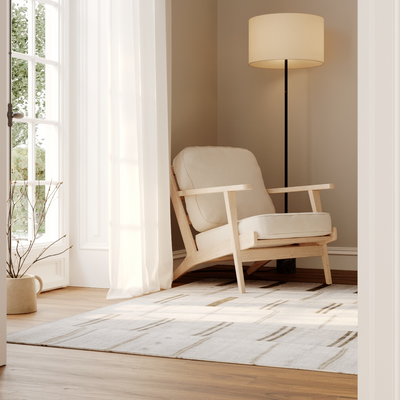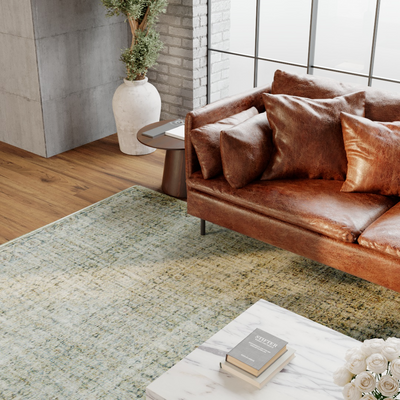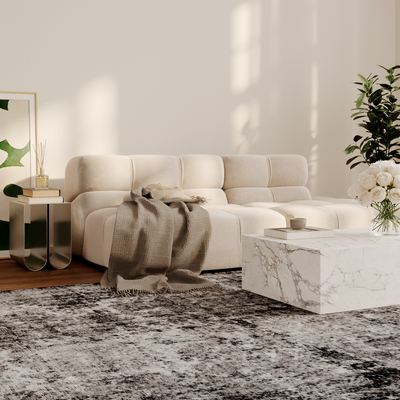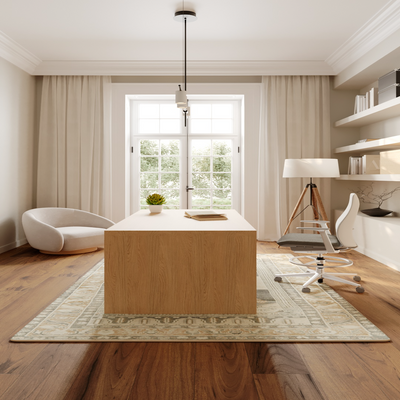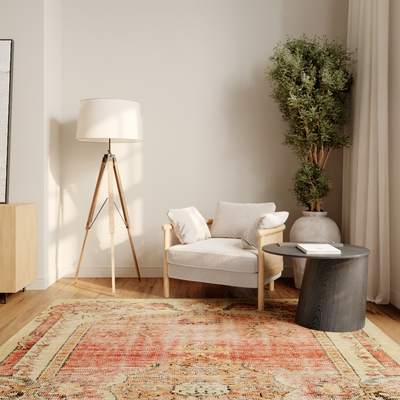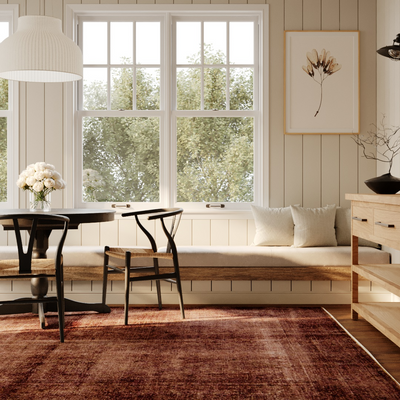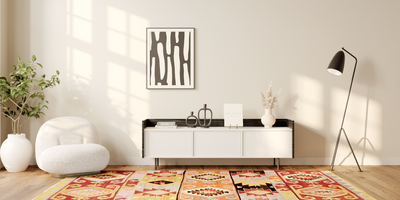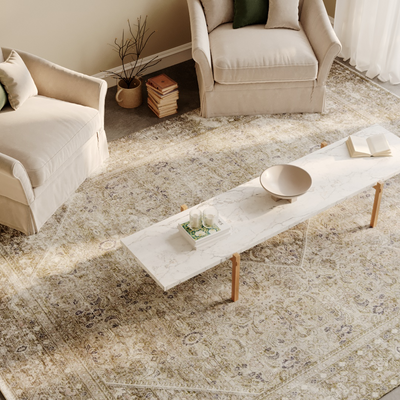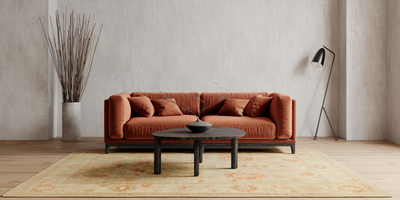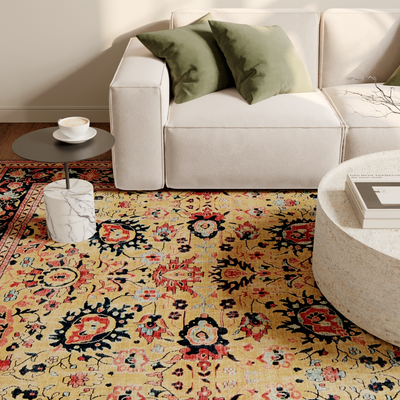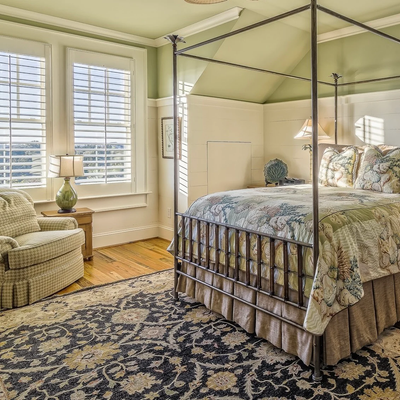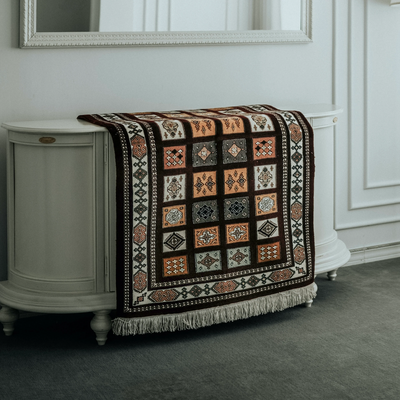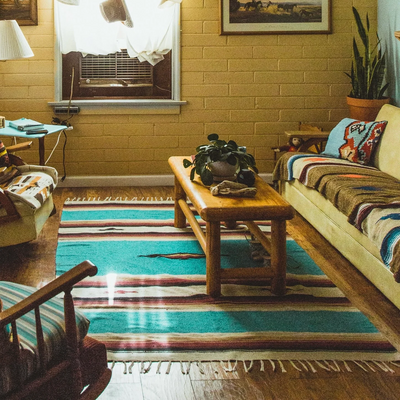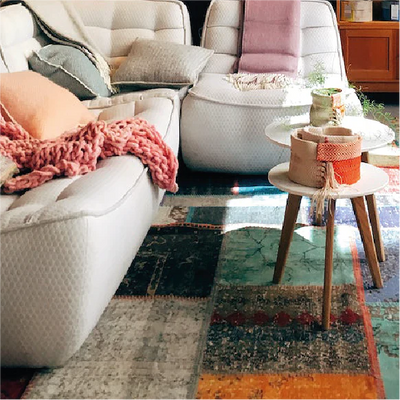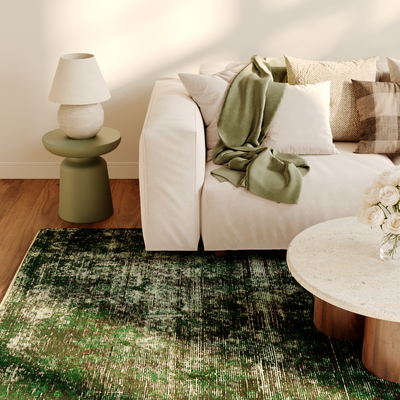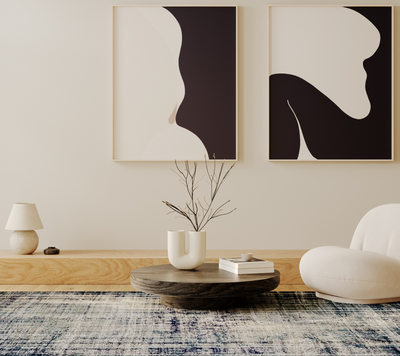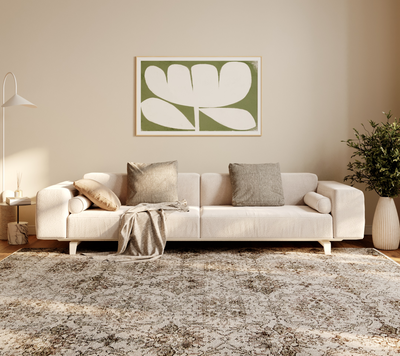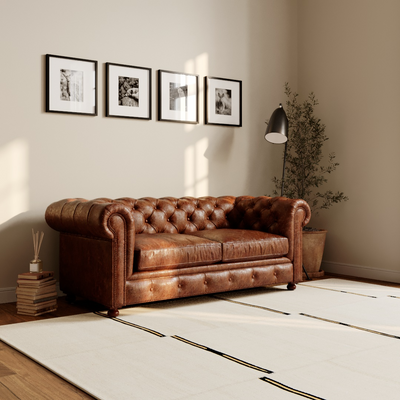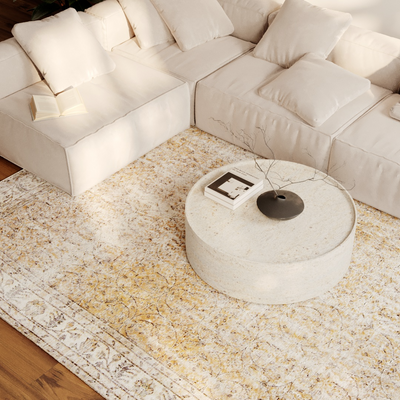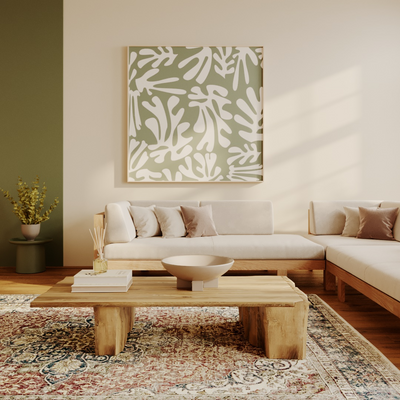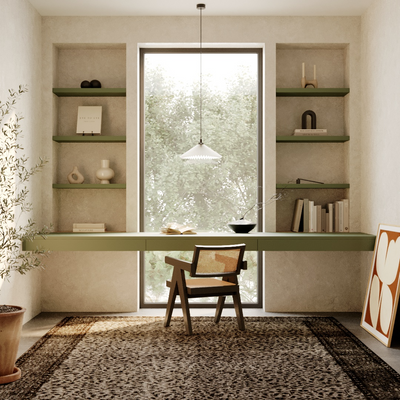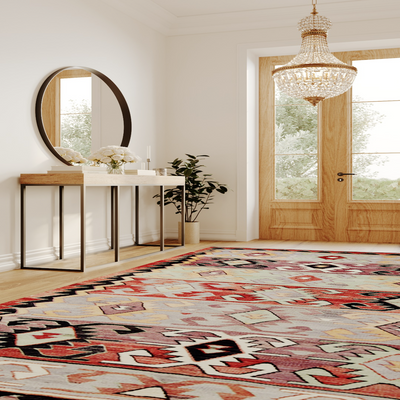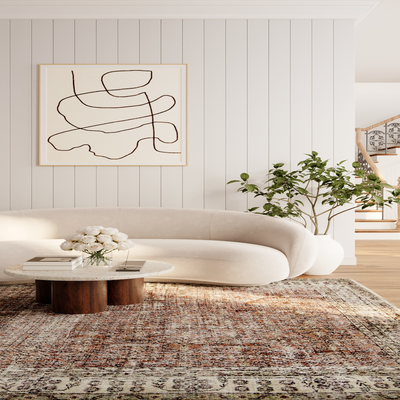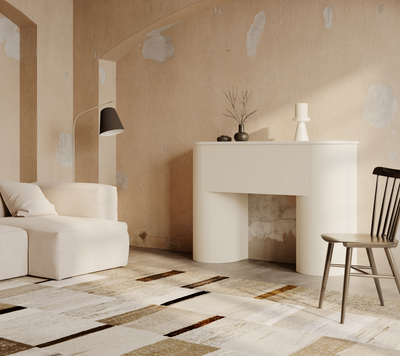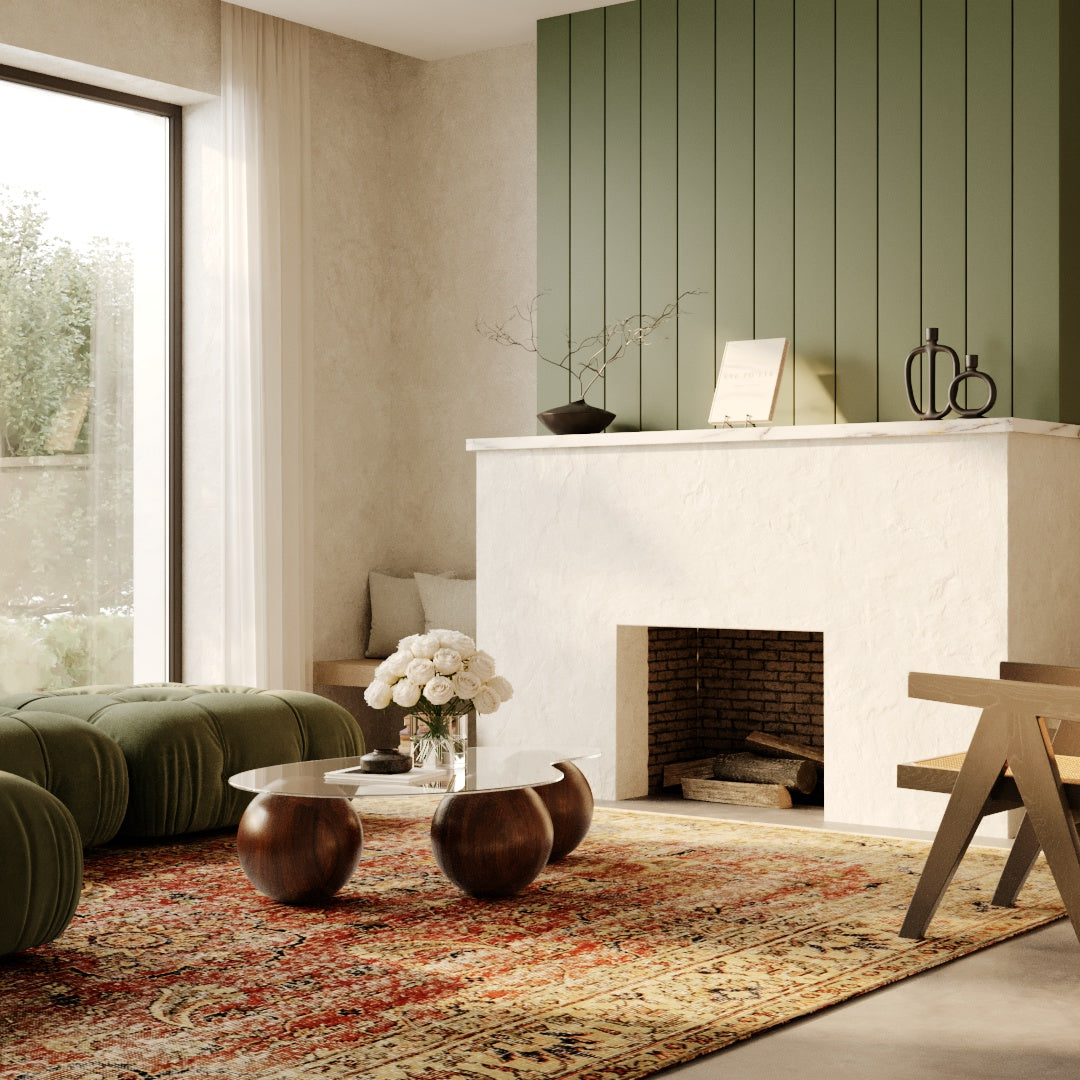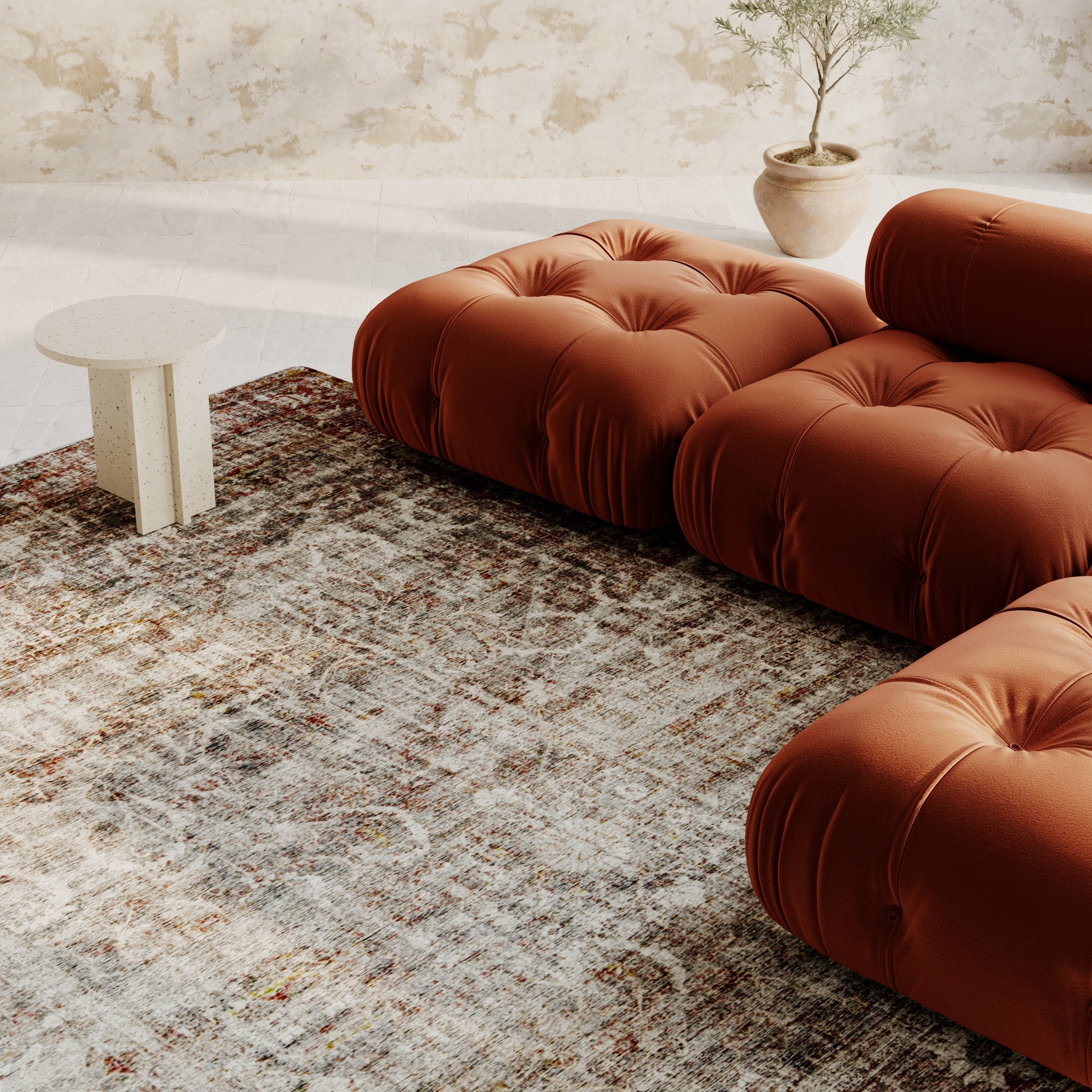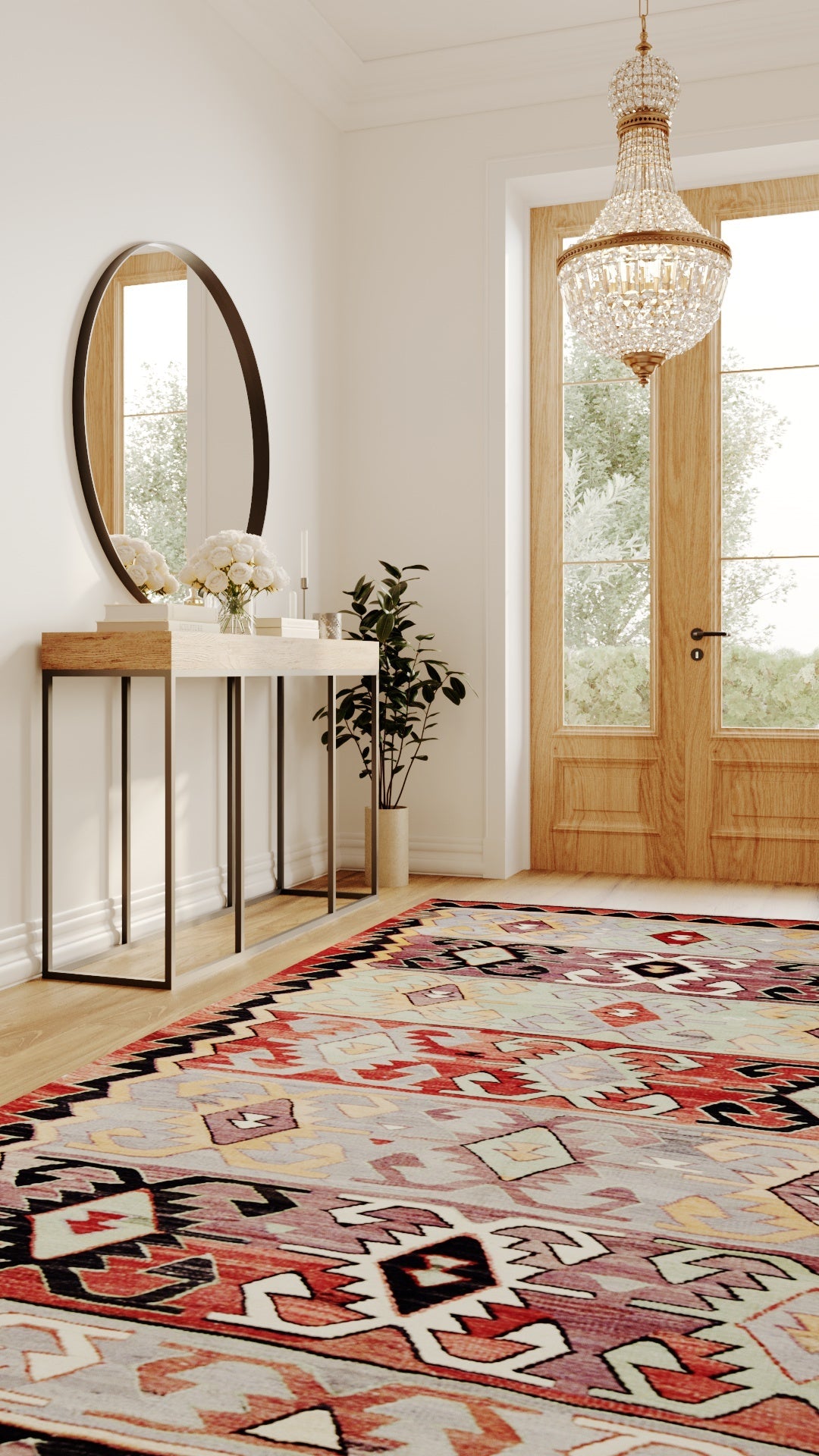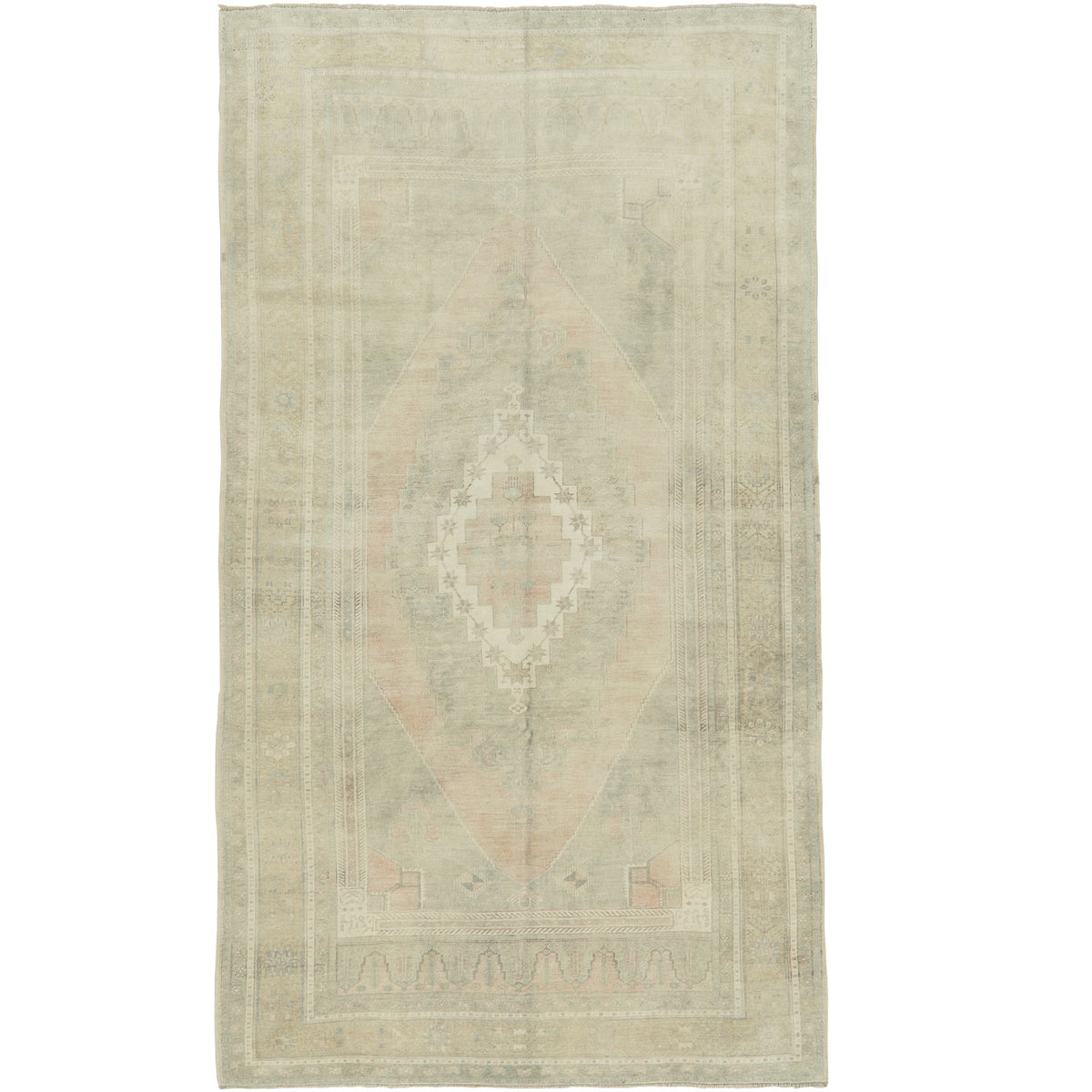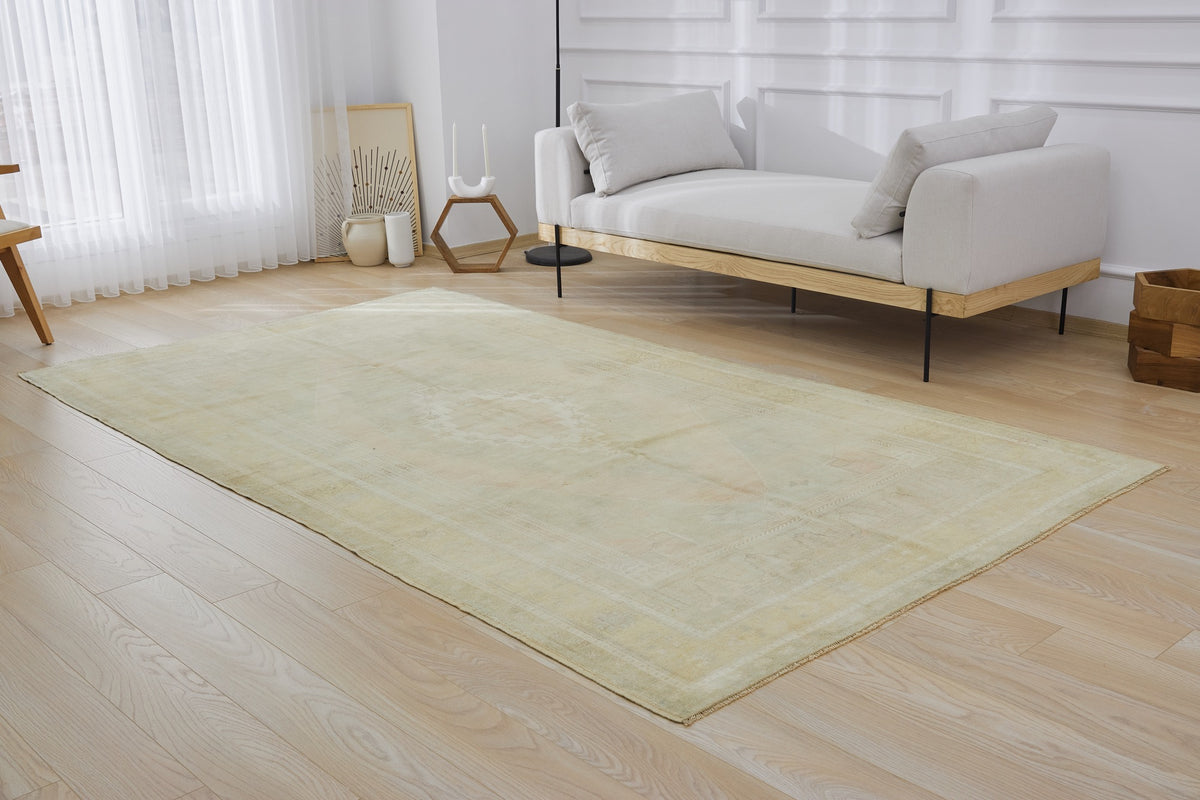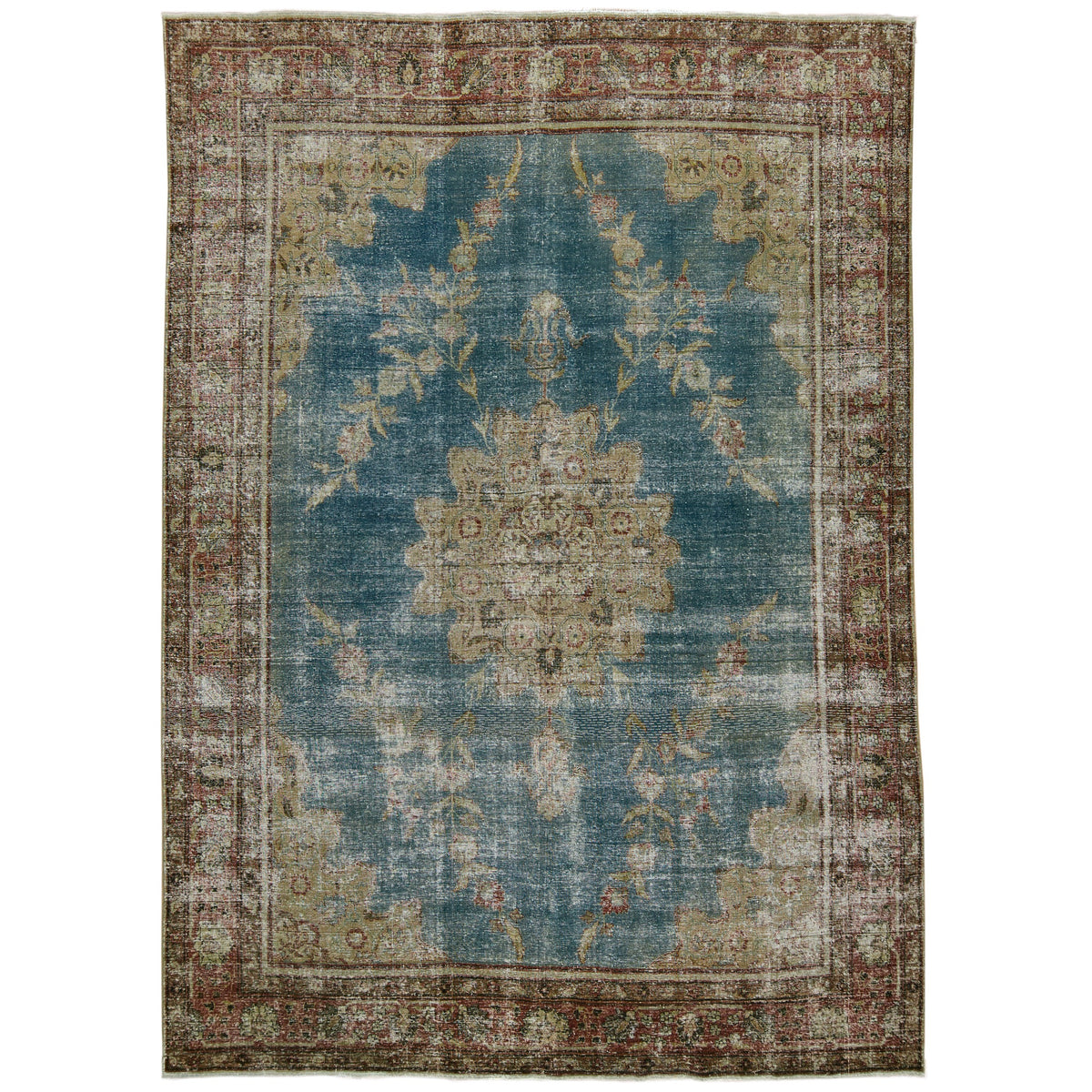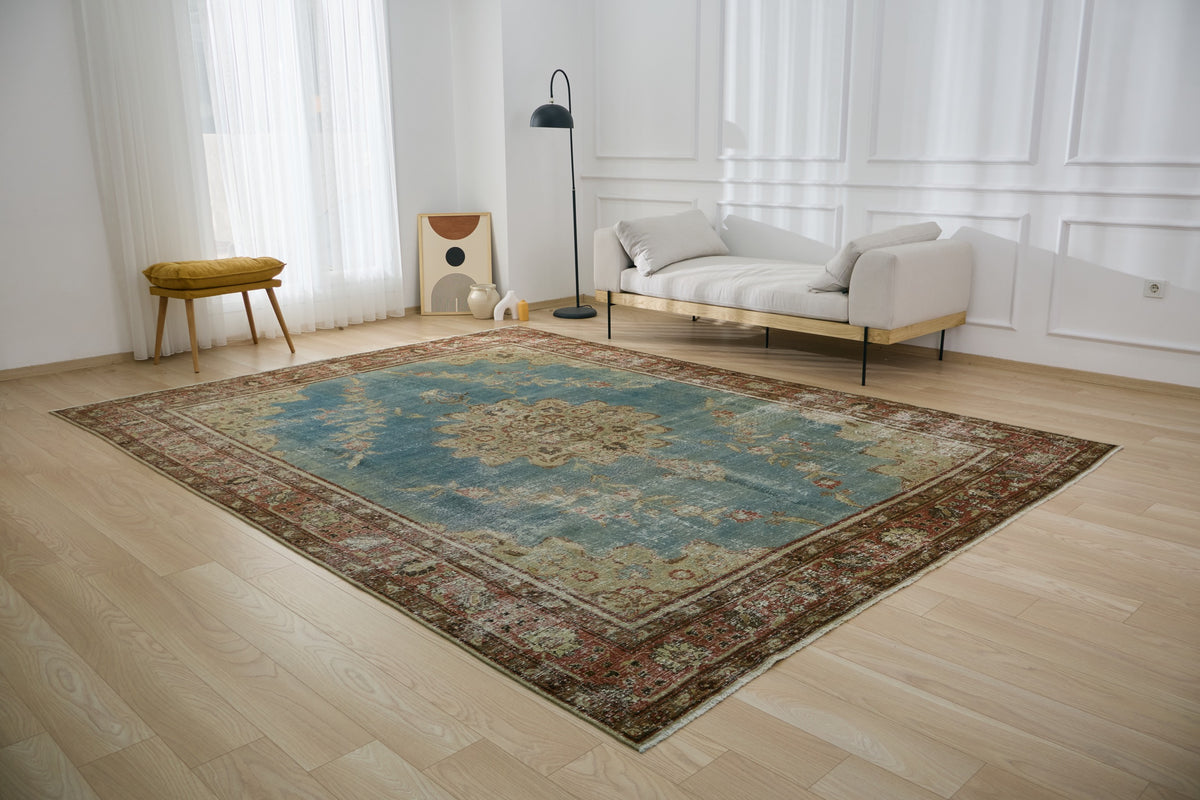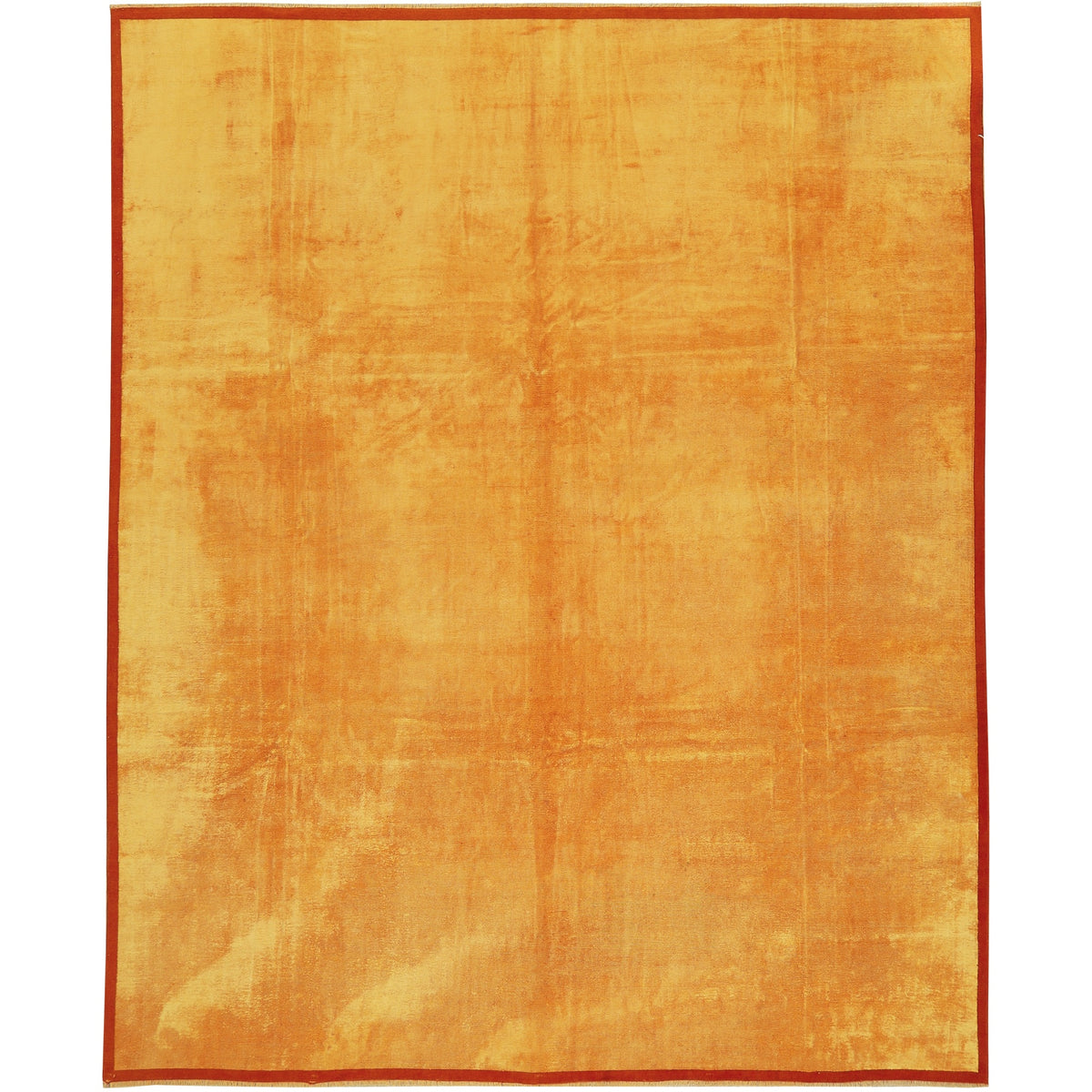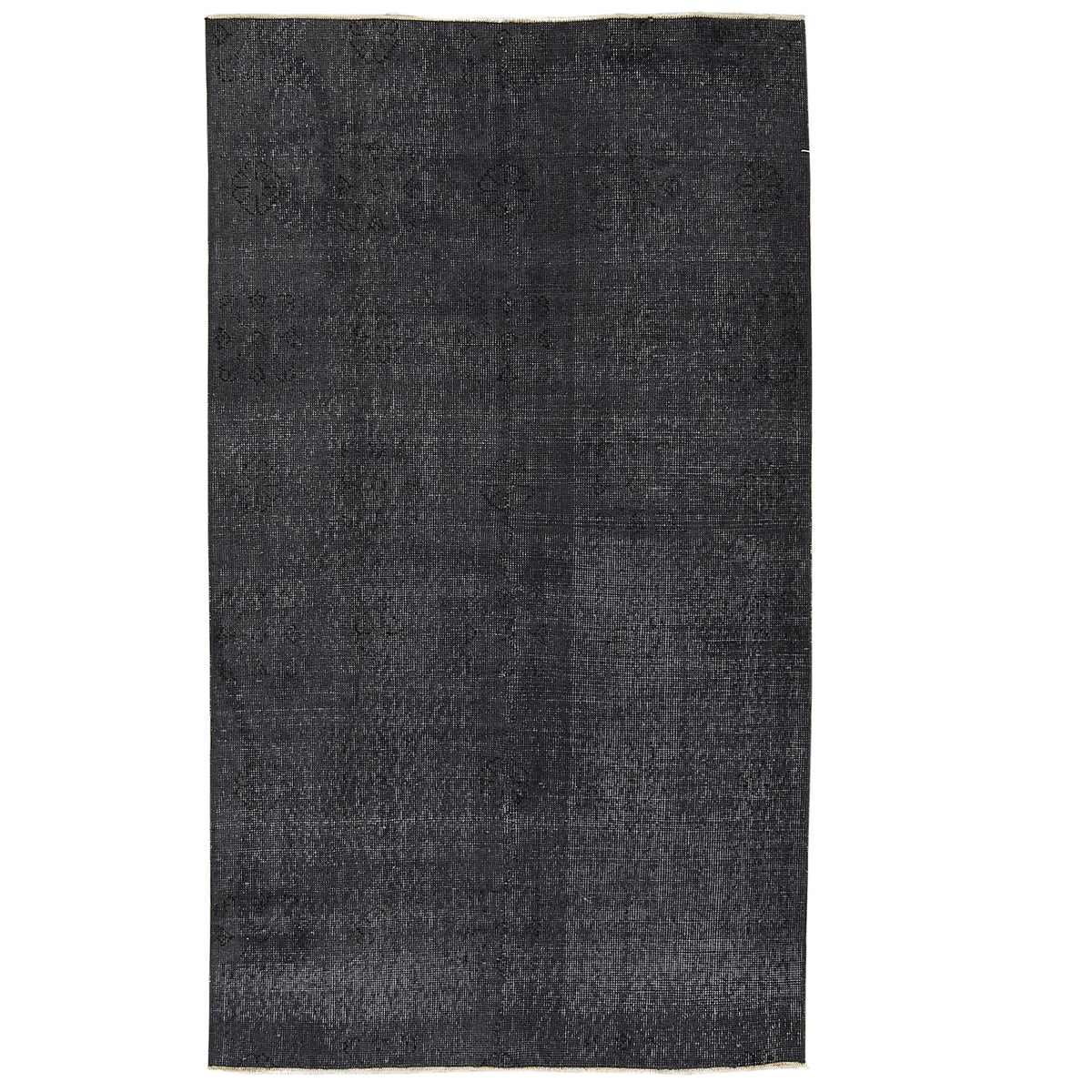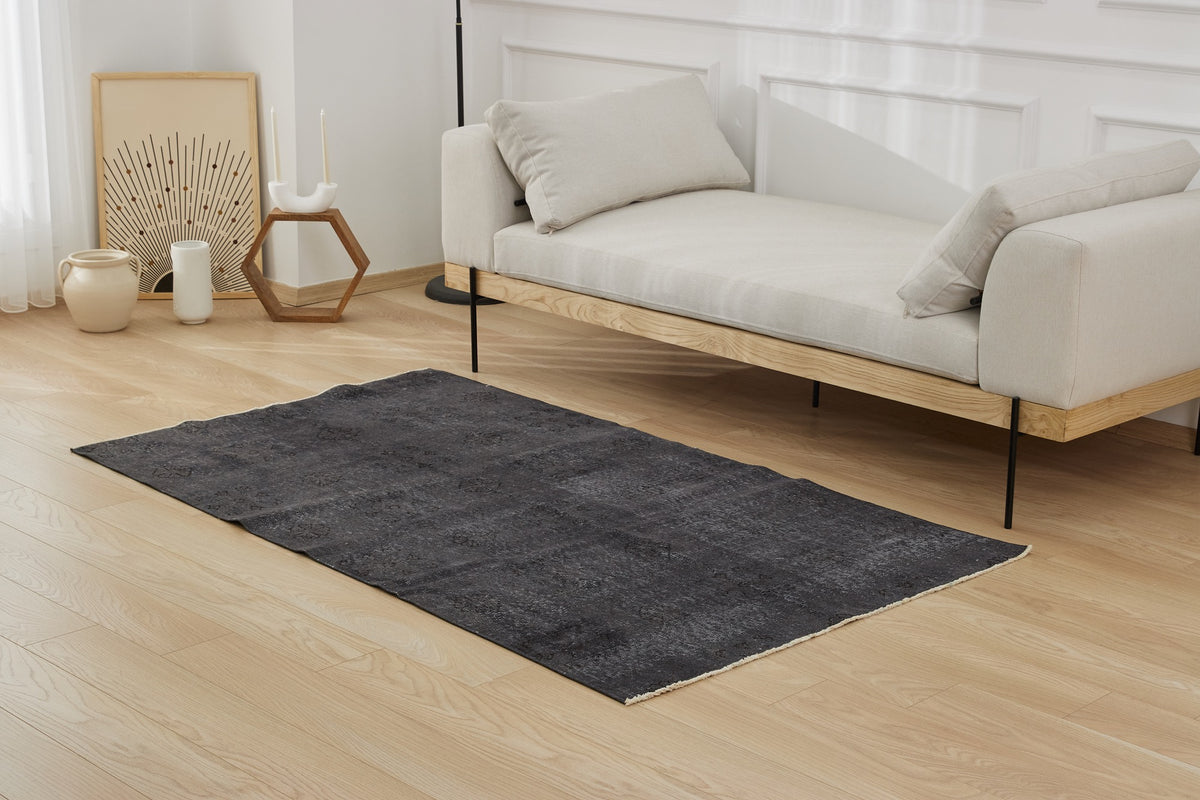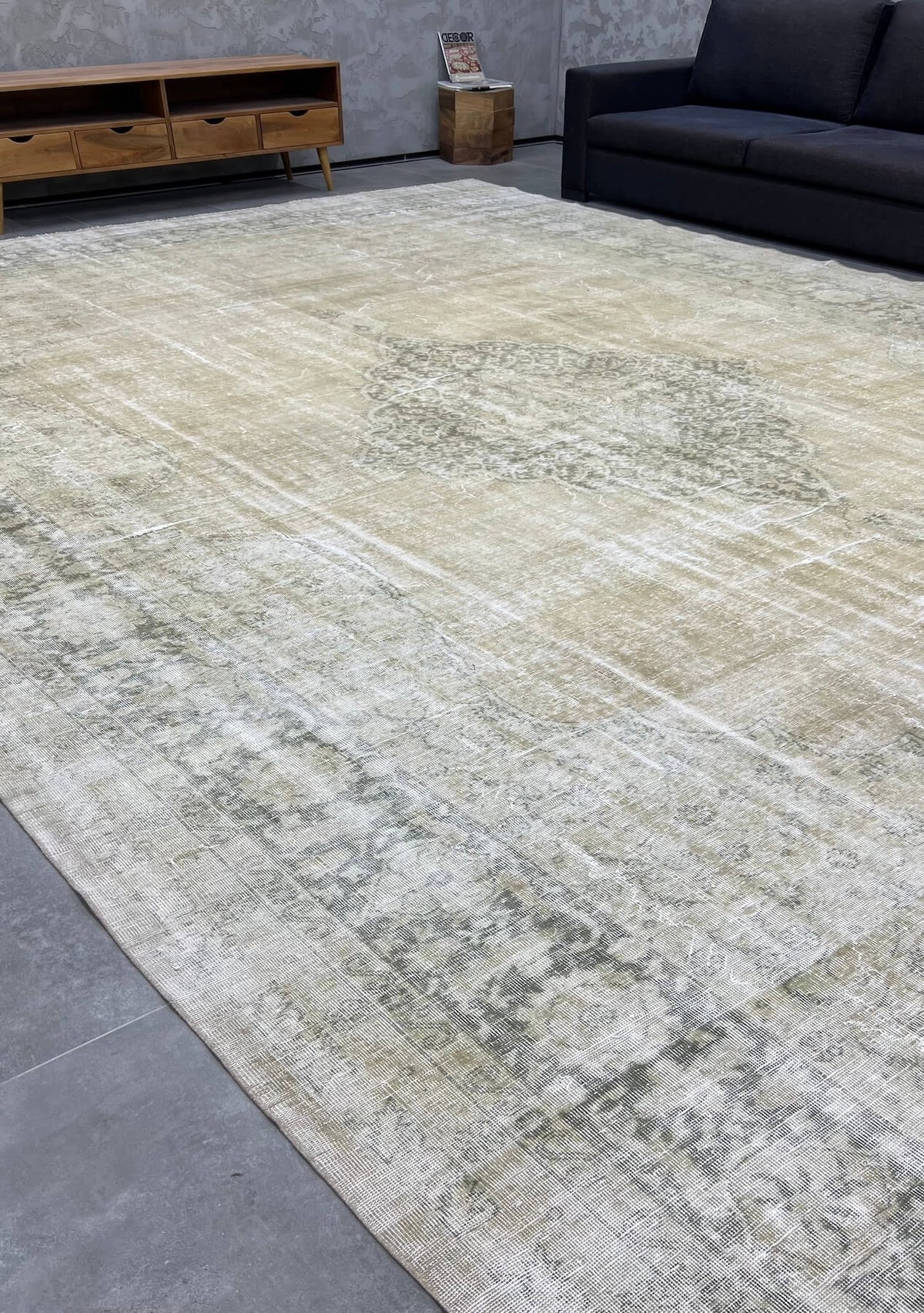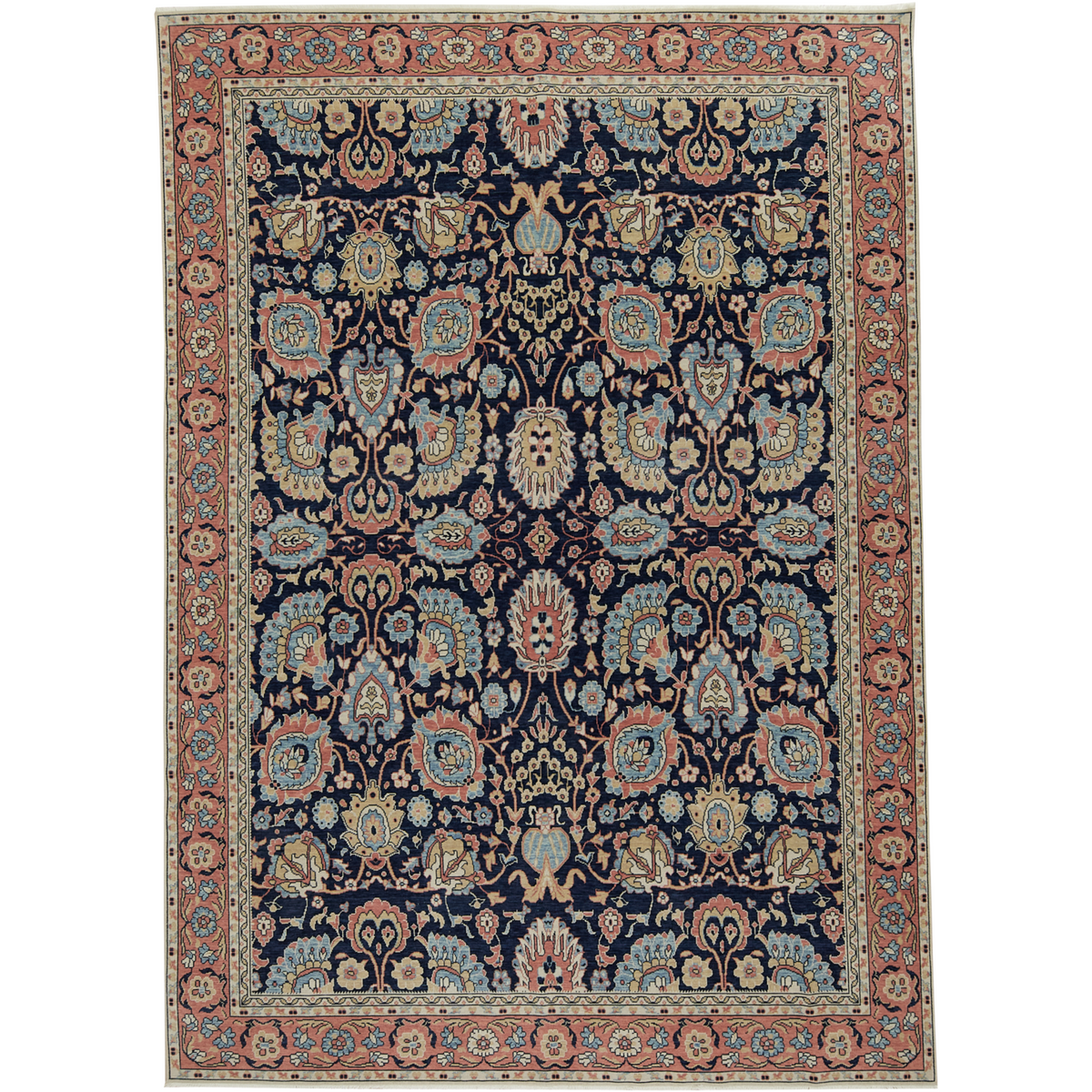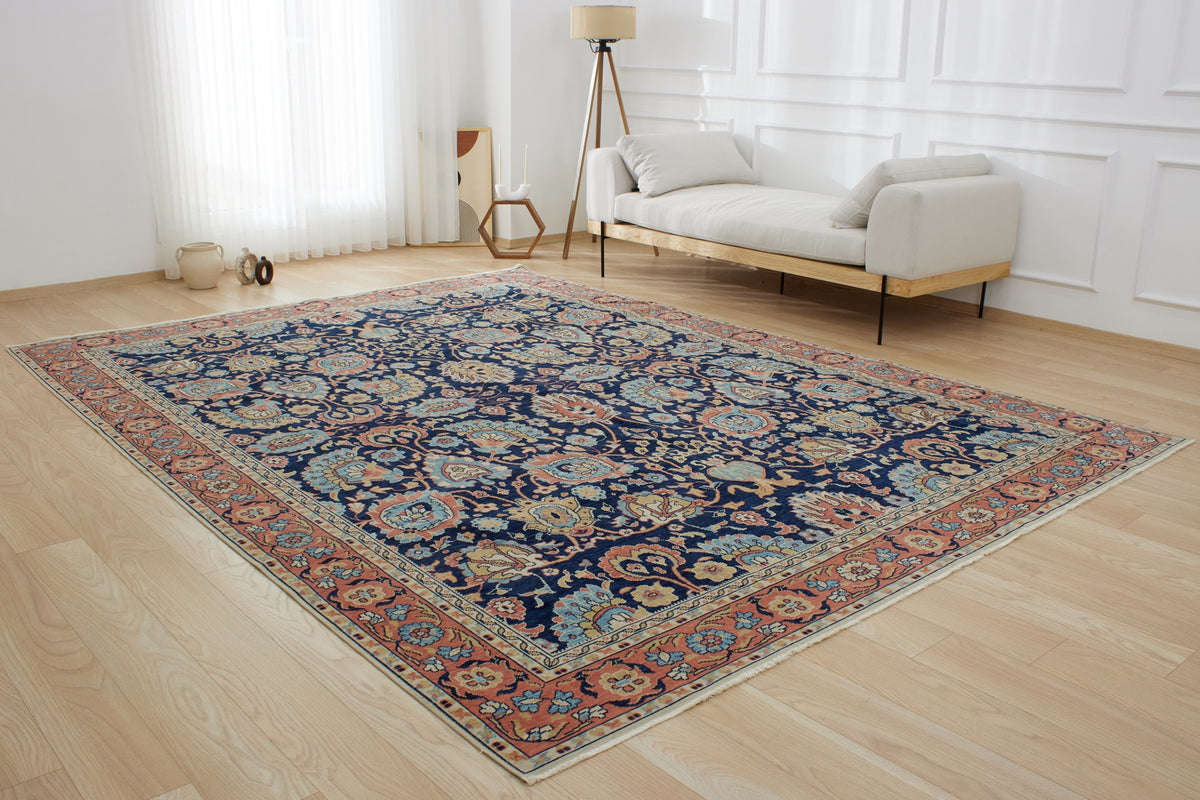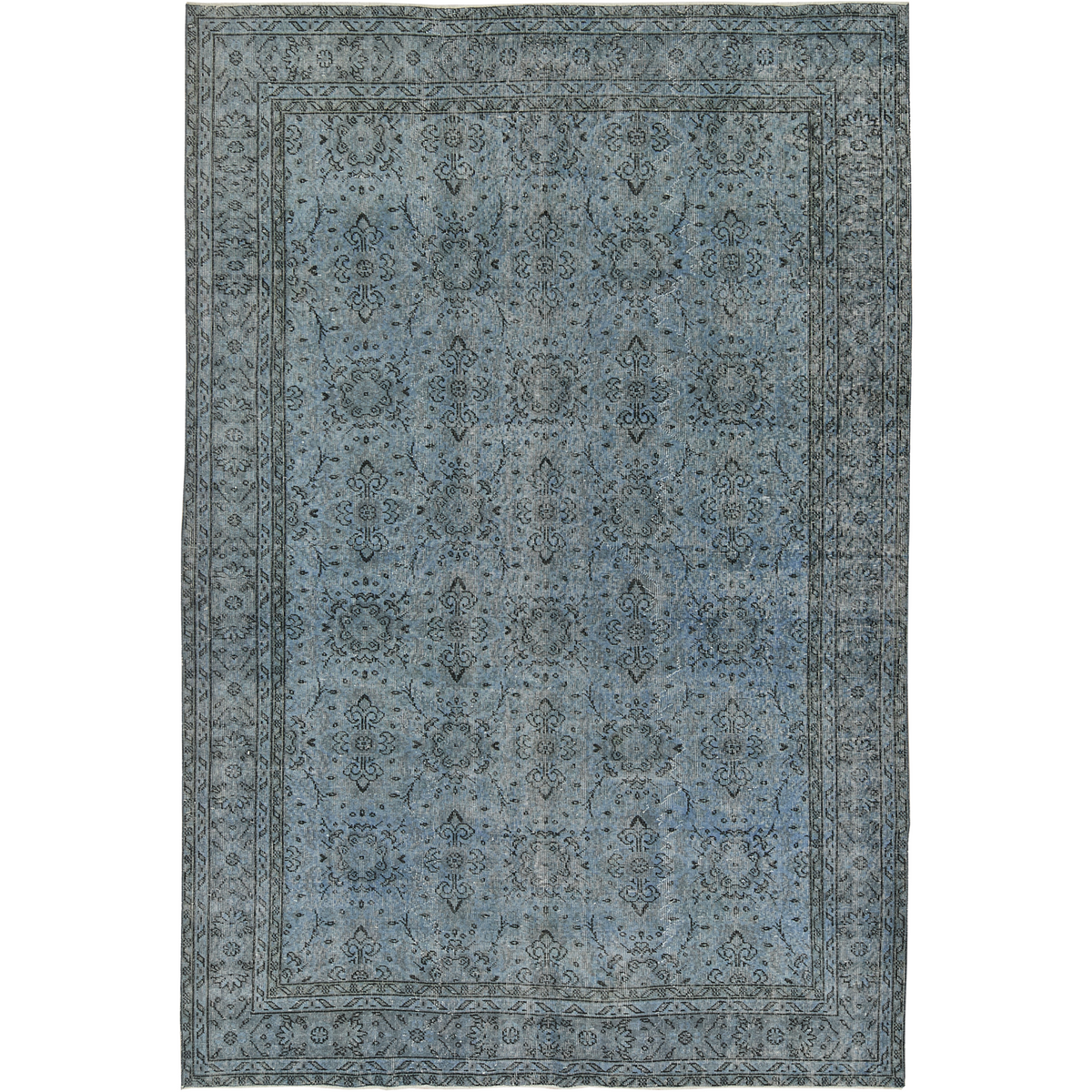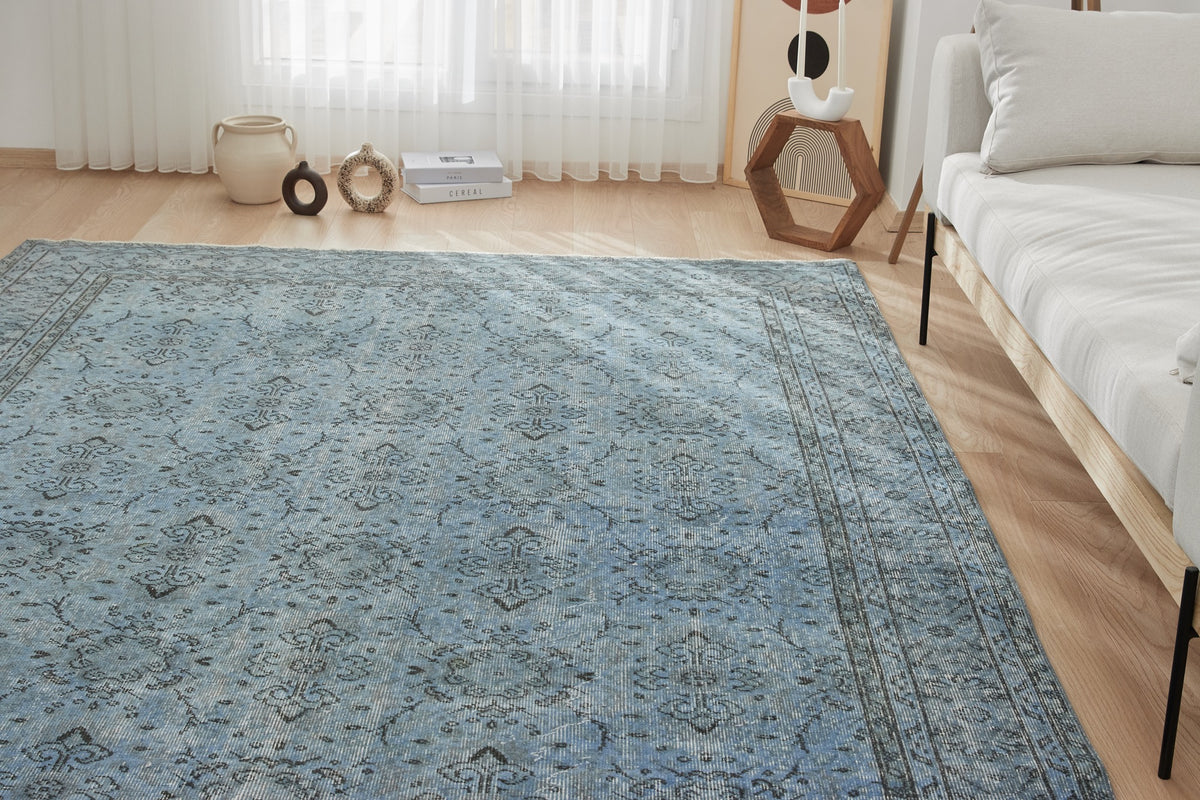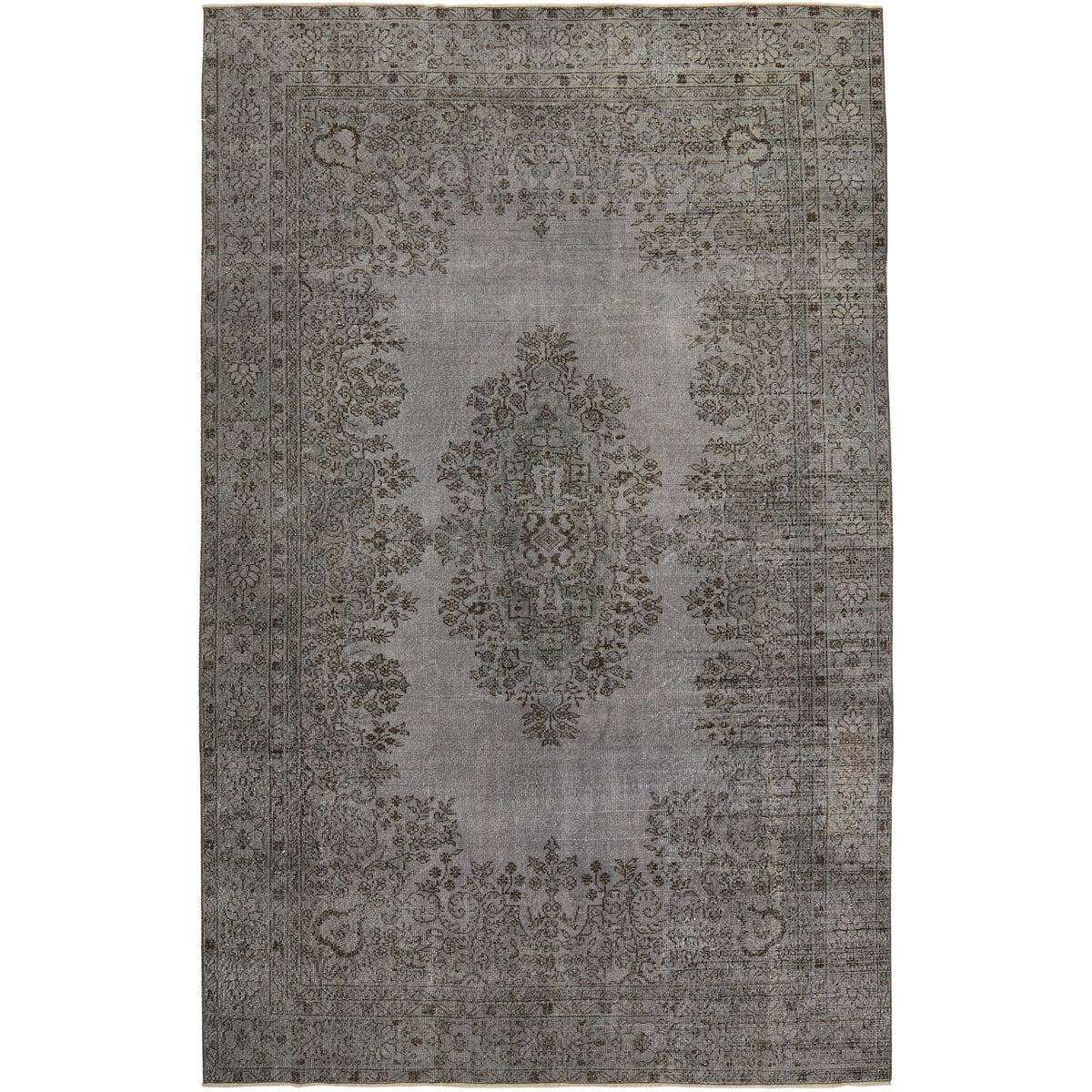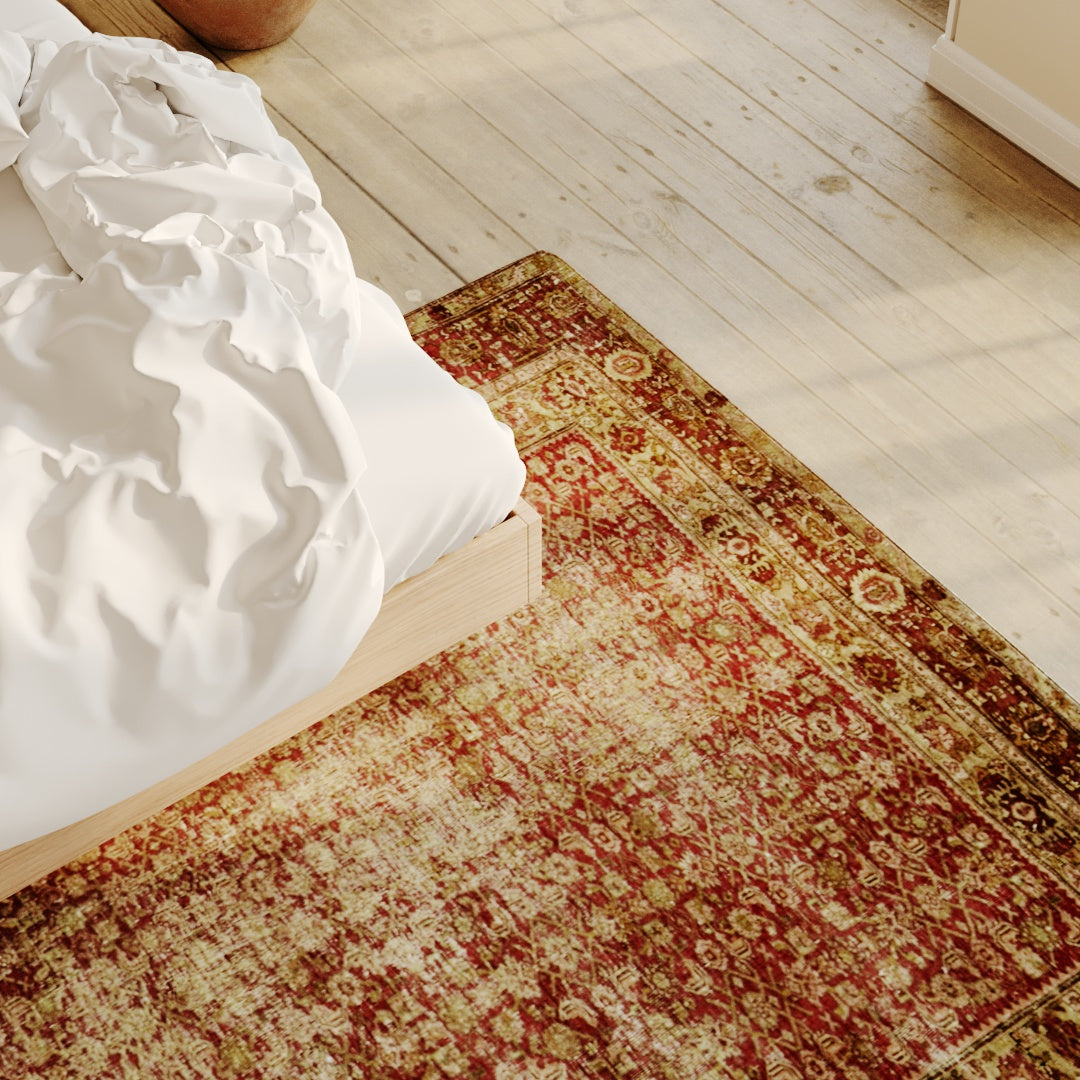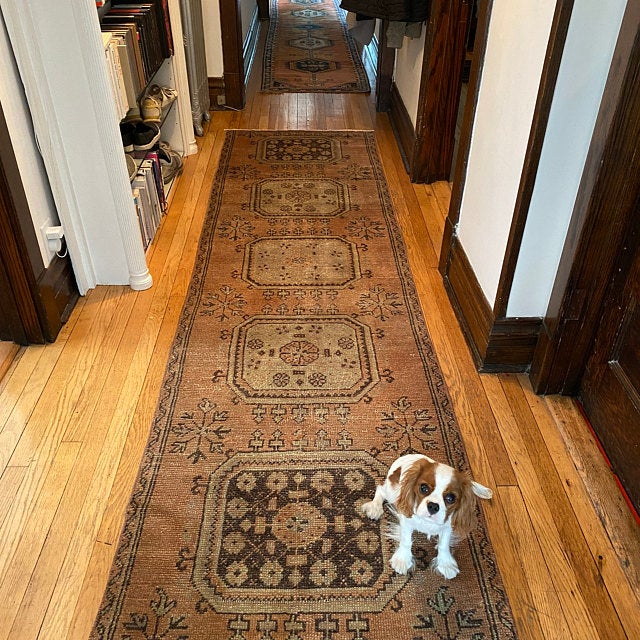A carpet is a magnificent household item that not only beautifies your home but also brings comfort and usefulness. Transforming your house into a heartwarming home involves mastering the art of styling with carpets, not to mention the loving attention to their cleaning and care. Therefore, if you own a small or medium carpet, you can enjoy cleaning it up using our instructions.
In this comprehensive guide to use carpet, we set out to unravel various ways you can measure your room efficiently so as to place your carpet accurately. In addition, we'll happily guide you through the cozy art of layering carpets, delve into their design uses, and sprinkle in some insider tips to truly make your floors shine with character.

What Is a Carpet?
In simple terms, a carpet is a floor covering that provides the surface with an additional layer of pile. Carpets are made from different materials like silk, wool, and other fibers like nylon. For synthetic carpets, nylon or polypropylene gets heat-treated to create a carpet shape.
When it comes to using design for carpet, most individuals love to choose a design and color that matches the house décor. Grasping the essence of a carpet is the key that unlocks the secrets of its placement and measurement. Once you truly understand its nature, you're on your way to crafting a home that radiates warmth and comfort.
Is Carpet Measurement and Placement Necessary?
The magic behind a space that sings with harmony and practicality lies in mastering the precise art of measurement and the craft of layering carpets. Immersing yourself in these techniques breathes life into your space, striking a delightful balance between functionality and aesthetic allure. Without proper measurement and placement, a carpet might turn out to be bigger for a given room, leading to a disorganized look.
Nestling a carpet into a room is like wrapping it in a warm embrace. Let the furniture guide its placement, ensuring the rug complements and uplifts the space without overshadowing it. After all, it's all about creating a harmonious sanctuary that feels just right.

How to Layer a Carpet
One of the simplest ways to give your living spaces more vibrancy is to layer a carpet or rug. With so many options to choose from, do not limit yourself to just one common style. However, layering may require the carpet use at home experts because it is more challenging than it seems. Below are some tips on how to layer a carpet or rug:
- Layering carpets or rugs will require a room with plenty of space. Additionally, if a room has got wallpapers or a lot of furniture, it is advisable to use patterned carpet.
- When layering more than one carpet in a room, ensure that the color coordination is balanced. Ensure that the carpet colors are either tonal or complementary.
- If you are layering rugs, we advise you to layer them proportionally. This means that the rug at the bottom should be larger than the one at the top.
- Don’t layer carpets that have clashing colors; ensure that the colors and patterns are not overpowering your home.
Ways to Choose the Ideal Carpet for Your Room
Typically, the size of the carpet will have a significant impact on the room's use and appearance. Therefore, it is crucial to consider how the carpet will complement or clash with the existing decor in addition to making sure it fits within the confinement of the room. Master the following guides so as to discover the ideal carpet for various rooms:
Make Accurate Measurements Using a Tape Measure
One of the most accurate ways to measure a carpet is to use a tape measure. This method is effective, especially if you are measuring longer distances within the room. Identify the location where you wish to place the carpet and measure its dimensions. Note the measurements down. Use the results to purchase the ideal carpet.
Make an Estimate of the Yardage You Need
Before choosing an ideal carpet, we advise you to estimate the necessary yardage of your room. Measure the dimensional space where you wish to install the carpet using a tape measure. Taking this thoughtful approach allows you to envision the room's unique tapestry of space, guiding you away from choosing a rug that's too snug or overly generous
Measure the Room Size and the Furniture Within It
When envisioning the perfect carpet for your room, start by measuring its dimensions. Remember to consider any alcoves or juts that might influence the overall space. With precise measurements in hand, your carpet will nestle into your room just right. It is also crucial to measure your furniture to ensure that the carpet fits well. Ensure that the furniture legs fit properly on the carpet. Measuring your furniture helps the visual harmony of the space and safeguards your carpet and furniture from any possible harm or damage.
Identify the Floor Space Requirements and Place Your Carpet
Leveraging precise measurements ensures an optimal fit for your carpet selection. This involves obtaining precise dimensions and other prominent features like alcoves or extensions that may affect where you will place your carpet and how to layer carpets.
Once you've diligently assessed your space and selected the perfect carpet, placement is the next crucial step. The placement will influence the utility and durability of the carpet. Through masterful arrangement, you're not just laying a carpet; you're accentuating comfort zones and sculpting the space's identity.

Living Room Design With Carpet Location
In the intimate embrace of your living room design, lovingly position the carpet at the heart of the space. The size of the carpet should be large enough to accommodate the room's size and furnishings. In some houses, the dining table can be an extension of the living room. If this is the case, you can either use one carpet to cover all of that area or layer rugs in that space.
Wrapping Up
Are you looking for high-quality carpets and rugs that will suit different spaces in your home? Kuden Rugs has got you covered! We provide you with a carefully picked assortment of handmade, vintage carpets and rugs, each with a special design and pattern. Our experts gracefully guide you to the perfect carpet, ensuring a flawless fit for every room in your sanctuary. Our passionate team has poured their hearts into ensuring that every rug radiates unmatched quality and genuine authenticity. Visit our official website today and make your first order.


